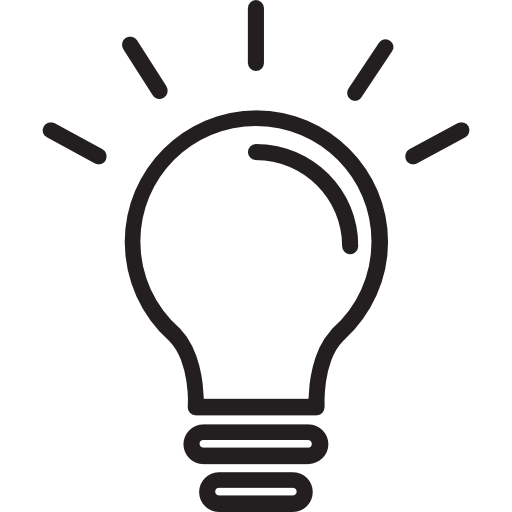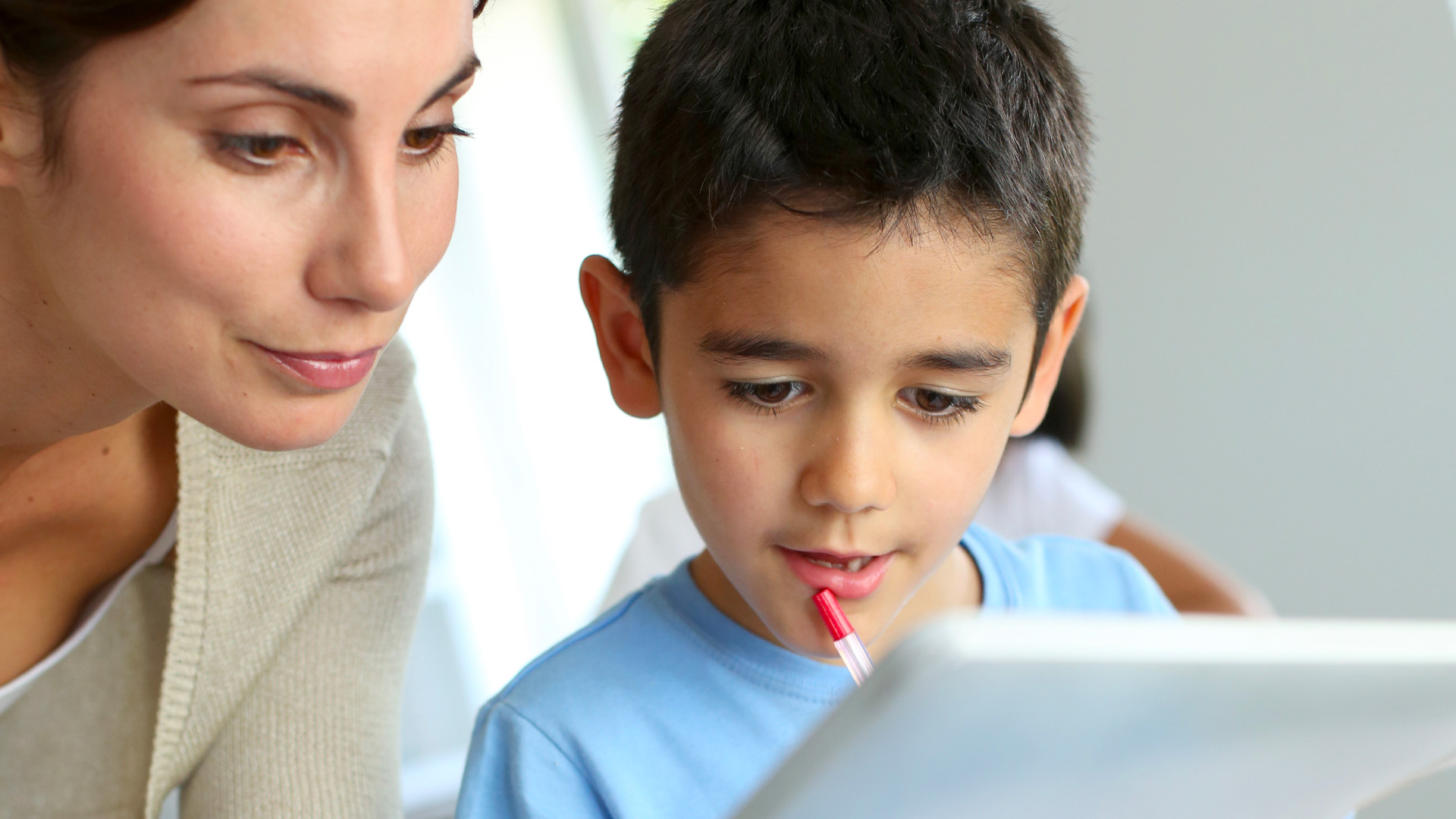This blog post was originally posted in Open Development and Education
The work of the Activating EdTech project in Jordan is driven by optimism about the potential of digital technology to address gaps in the educational system and a belief in the importance of developing an evidence-based approach to the use of digital technologies in education.
The most significant learning challenge that we now unexpectedly face is how to mitigate the learning loss of a massive number of students as schools and universities are shut, and social connections are temporarily cut. As you would expect, digital learning is now in the front-line of the education response.
In light of that, we thought it would be a useful exercise to map how countries in the MENA region are using technology to support learning during the COVID-19 crisis. If we have missed anything, we’d love you to get in touch with us (our e-mail is at the end of this blog post). We very much hope that this resource is a live one that gets added to over time.
Jordan’s Educational Response to COVID-19
To date, Jordan has shown admirable ingenuity given its resource constraints. TV channels have been repurposed to provide learning content (e.g. AlRiyadiya Channel is broadcasting Tawjihi lessons), existing online educational platforms to allow teachers to remotely deliver lessons have been promoted (e.g. Microsoft Teams and Edraak), as have other platforms for sharing learning material or tasks such as Google Classroom. Social media platforms such as Whatsapp are also being used by teachers to share learning content with both students and parents.
The most significant new response has been the creation of the Darsak platform, a new learning platform for K-12 students that provides content in the form of structured videos aligned to the curriculum and its sequencing. Alongside that, Teachers.gov.jo is a new platform developed for teachers by Mawdoo3 and fed by Edraak online teacher courses. This platform offers teachers online courses centered around distance-teaching tools, key concepts (such as blended learning), appropriate teaching strategies and the application of education technology to support learning.
Taken together, it is clear that The Ministry of Education in Jordan is innovating in very challenging circumstances and at unprecedented speed.
What are other countries in the Arab world doing?
The pattern of responses in other MENA countries is similar to what we see in Jordan. For example, the use of technology to create remote learning ‘classrooms’ (Lebanon, Morocco and Oman) as well as using TV channels to broadcast distant learning content (Lebanon, Morocco and Bahrain). Tools that are used for communication between teachers and students or parents are mostly WhatsApp, Facebook Messenger or Zoom and Skype for video calls.
On the other hand, there are other initiatives in the region that Jordan could draw inspiration from. For example distributing written content to students who live in remote areas and don’t have easy access to the internet (Lebanon) or preparing catch-up classes for them after quarantine (Morocco). Another example would be new MoE partnerships with telecommunication companies to offer students free internet access to a bigger variety of educational websites/platforms (Morocco and Oman).
Some countries are also engaging parents by giving them access to portals where they can keep up with their children’s progress (Bahrain) or simply preparing a parent guide that provides some guidelines on how they can help their children at home (UAE).
In more detail -
Existing Online Platforms
Most Ministries of Education (six) in the Arab world are advocating the use existing platforms (mostly Google Classroom and Microsoft Teams). Interesting examples of other platforms include the Alef platform in use in the UAE, which provides customized/ adaptive learning in maths. Also in the UAE, the Matvak platform (early childhood), and Nahla and Nahil (Arabic reading skills) are being used.
Creating New Online Platforms
Several ministries of education have launched new remote learning and TPD platforms. Examples include Morocco’s Telmid and Qatar’s Mzeed. In Lebanon, an education association is working on a free course (with a focus on pedagogy) to help teachers transition to online teaching.
Parental Engagement
The most commonly used tools to communicate with parents and keep them updated with their children’s progress are WhatsApp and Facebook (eg Jordan and Bahrain). Other countries have prepared guides and compiled advice for parents to refer to while adapting to their new role as a parent and an educator at home (Qatar, UAE).
New Partnerships/ Collaborations
In both Oman and Morocco, partnerships between telecommunication companies and ministries of education have resulted in launching G Suite for Education to all schools and free internet access to educational websites. In Egypt, the MoE collaborated with Microsoft to provide free office programmes for students.
 Non-tech Ingenuity
Non-tech Ingenuity
- Lebanon has distributed material/written content to students who live in remote areas and who don’t have the required devices or connections.
- Other countries are allowing students to submit research projects instead of taking exams. (Egypt)
- Schools are preparing for catch-up classes after the quarantine for students. (Morocco)
In brief, most countries are using TV channels and websites like Youtube to present lessons alongside online learning platforms (BigBlueButton, Edmodo, or a school’s own existing learning portal) and websites. These efforts are characterised by a narrow range of pedagogical approaches (very reliant on digitising textbook content and a ‘teacher tells’ approach). Opportunities to support student creation, collaboration, strategic thinking, and creativity are currently missing. Also, very few non-tech approaches are being provided, which raises concern for a specific portion of the population who do not have access to internet connection or the required devices.
Role of Schools
It is important to note how partially we are currently able to replicate all the functions of a great school during this crisis. For instance, more than just learning in core areas such as maths and reading, schools help and support the most vulnerable children, they allow children to play and socialise, promote psycho-social and physical health, plus allow parents to work. Ministries of Education and schools are putting tremendous efforts into the teaching and learning field, however, initiatives to help vulnerable children and working parents, to encourage play, or to maintain health and well-being, remain very minimal.
Anticipating Learning Needs After the Crisis
Understandably, most effort is currently being spent on addressing the immediate learning needs created by the crisis. Alongside that, it is essential to now look ahead to identify the medium and long-term impact and issues in order to prepare and plan accordingly. For example, plausible scenarios as a consequence of the crisis include a decline in average learning standards, school enrolments falling as poorer families can no longer afford the opportunity cost of their children going to school, and fortunate children with higher family incomes, or already achieving at the top, pulling even further ahead, while less fortunate students fall even further behind. (See this blog post by the World Bank.) Consequently, as the pandemic continues to disrupt the education process, it is essential to look ahead and try to foresee the greater learning gaps and disparities it could lead to once children do return to school. We can also learn lessons from this crisis by looking back. The pace of change in education has clearly picked-up, and (more through necessity than design) the use of EdTech has increased in breadth and depth. For example, we’re learning important lessons about pedagogy, the importance of teacher training and of sharp feedback loops from practice to policy. Let’s hang on to this, while also celebrating all the wonderful things that a great school achieves and makes possible.




